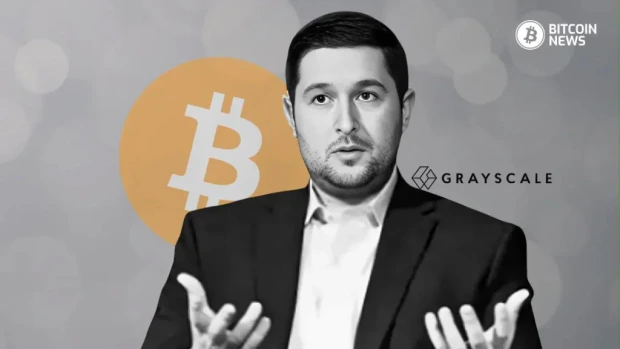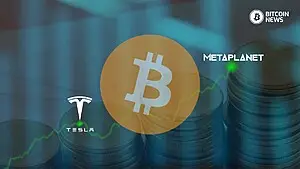After months of significant outflows from the Grayscale Bitcoin Trust (GBTC), Michael Sonnenshein, CEO of Grayscale Investments, is optimistic that the trend is nearing equilibrium. This development comes in the wake of increased competition in the digital asset market and the approval of spot Bitcoin ETFs by the U.S. Securities and Exchange Commission (SEC).
Reaching Equilibrium Amidst Outflows
According to Sonnenshein, the outflows from GBTC may be stabilizing after a tumultuous period. He attributes this stabilization to various factors, including the resolution of selling related to bankrupt digital asset companies like FTX. Sonnenshein stated:
“We do believe that the fund has started to reach a little bit of an equilibrium where some of those anticipated outflows, whether it was some of the bankruptcy selling, some investors perhaps undertaking switch trades, (are) largely behind us.”
Grayscale Investments, a pioneer in bitcoin investments since 2013, faced intensified competition following the SEC’s approval of spot Bitcoin ETF products from nine other issuers. The competition posed challenges to Grayscale’s dominance in the market, leading to significant outflows from the GBTC.
Impact of Spot Bitcoin ETF Approvals
The approval of spot Bitcoin ETFs by the SEC in January triggered a wave of selling as investors likely shifted their investments from GBTC to these new products. This movement contributed to the substantial outflows witnessed by Grayscale in recent months.
The conversion of GBTC to an ETF marked a significant transition for Grayscale and its investors. Some investors engaged in switch trades, selling off GBTC shares to reinvest in other Bitcoin ETFs offered by competitors like BlackRock and Fidelity. The main factor contributing to the outflows was GBTC’s relatively higher fees in comparison to its rivals.
To remain competitive in the evolving market landscape, Grayscale may consider adjusting its fees over time. Sonnenshein indicated that he expects the fund’s fees to decrease as markets mature, he stated:
“Over time, as markets mature, we anticipate that GBTC’s fees will come down,”
Currently, GBTC levies a 1.5% percentage fee, higher than the average fee charged by newer rivals.
Michael Sonnenshein: Optimism Amidst Challenges
Despite the challenges posed by increased competition and outflows, Sonnenshein remains optimistic about Grayscale’s role and future in the Bitcoin ecosystem. He emphasized the importance of innovation and bringing more investors into the ecosystem to sustain growth. Sonnenshein stated:
“As we look ahead, again, it’s more about bringing more investors into the ecosystem (and) continuing to innovate on the product front.”
It’s worth mentioning that Grayscale took legal action against the SEC when its request for a bitcoin ETF was denied in 2022. A court ruled in favor of Grayscale, directing the SEC to review its decision, leading to ETF approvals in January.
Data Insights
Data from BitMEX Research highlights the magnitude of outflows experienced by GBTC, totaling $15 billion over three months. However, daily outflows have shown a downward trend since reaching highs of $600 million in March. Recent figures indicate outflows of $303 million and $155 million on Monday and Tuesday, respectively.
Conclusion
The digital asset market continues to evolve rapidly, presenting both challenges and opportunities for industry players like Grayscale Investments. As outflows from the Grayscale Bitcoin Trust approach equilibrium, CEO Michael Sonnenshein remains hopeful about the company’s prospects. With a focus on innovation and potential adjustments in fees, Grayscale aims to navigate the competitive landscape and sustain its position in the ever-changing world of Bitcoin.










